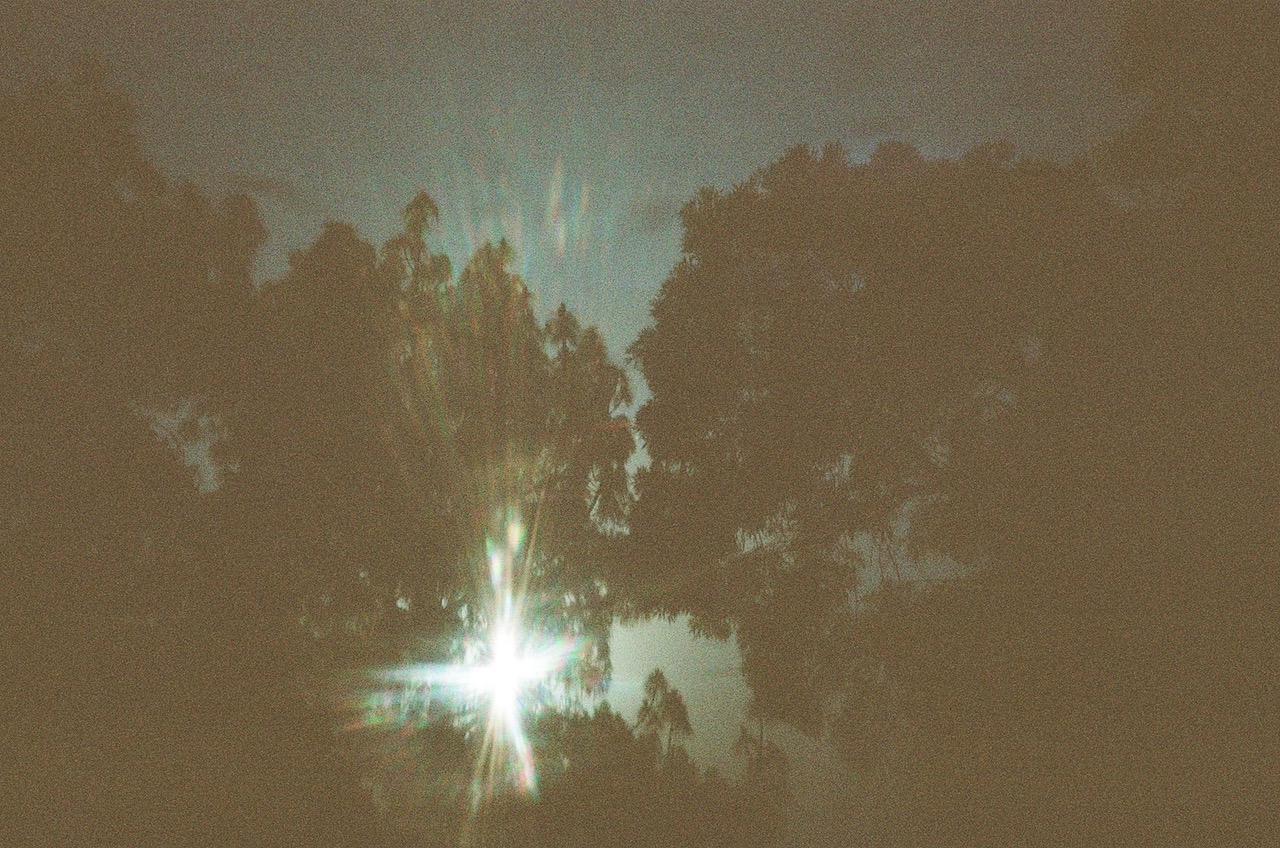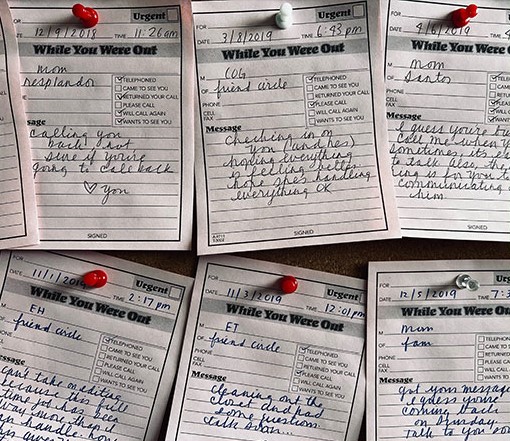Hiding in Plain Sight
The Natalie and James Thompson Art Gallery is delighted to present the work of Sofía Córdova and Dorothy R. Santos, artists in residence at San José State University, in an exhibition that will open on March 21, 2023, continuing on display through May 12, 2023.
In 2022, under the leadership of Assistant Professor Rhonda Holberton, the College of Humanities and the Arts at San José State University received a Grants for Arts Projects award from the National Endowment for the Arts to support Hiding in Plain Sight. This award allowed Sofía Córdova and Dorothy Santos to dedicate time to exploring historical archives, including those found at the Martin Luther King Jr. Library at San José State University and the Japanese American Museum of San José, to produce new bodies of work. These were aimed at unearthing the voices hiding within these archives that have been overshadowed by regional narratives dominated by the expansion of technology industries. The artists were equally encouraged to utilize SJSU’s extensive art facilities, and work with students, faculty and staff.
As Professor Holberton explains, Hiding in Plain Sight proposes that direct, physical engagement on the part of artists can reveal and unravel stereotypes imposed on Silicon Valley, and help to shift the narrative towards a more human understanding of our surroundings.
Holberton asserts:
“Unlike many of the technological platforms coming out of the region that reinforce echo chambers of preferences aligned toward algorithmically-determined similarity, the insistence on materially-driven artistic engagement with historical artifacts reinforces placemaking as an accumulation of disparate but interwoven narrative expressions. Hiding in Plain Sight will present varied personal responses that weave together to form a 'reality-making' mesh; a generative matrix that encourages academics, students, and the public involved in these projects to actively engage in that space of reflection in a way that meaningfully connects these overlapping histories to their daily lived experience.”
The resulting exhibition brings together the artists’ research, avid engagement, and collaborations with partners at San José State University and beyond, interlaced with and filtered through their own lived experiences and acute sense of place.

Born in 1985 in Carolina, Puerto Rico and currently based in Oakland, California, Sofía Córdova makes work that considers sci-fi as alternative history, dance music's liberatory dimensions, colonial contamination, climate change and migration, and most recently, revolution - historical and imagined - within the matrix of class, gender, race, late capitalism and its technologies. She works in performance, video, sound, music, installation, photography, and sometimes taxidermy.
For this exhibition, Córdova presents If No Clouds, Stars, and Then, the Cosmos, a body of work that is part of a larger serial project mapping California’s history using the valleys of the state and their pasts as ancient sea beds. For this iteration of the project, Córdova focuses on San José and accesses its history through the archives at the Martin Luther King Jr. Library. Prioritizing often-ignored narratives -- those whose lives are negatively marked by the brutal inventions of race, gender and class -- the research begins to meld with the speculative strategies Córdova uses in her practice through the work - video, performance, photography and sculpture. In doing so, these elements of past and present become a tool for envisioning a future free of the daily violences of lived marginality in the United States.
If No Clouds, Stars, and Then, the Cosmos traces an unlikely line between forms of indigenous time-telling in the valley through the use of the stars and planets, LGBTQIA+ resistance in the Santa Clara Valley as expressed through ideologically opposite groups like High Tech Gays and the Bill de Frank LGBTQ Community Center, protests at the school and its environs in the second half of the 20th century, the role of Christianity in the town in its forms both colonial and as ally in the fight for socialism, Japanese internment, early environmental movements, and technology (from agriculture to the microchip) as a dominant force in shaping the geography and history of San José .
The works presented here - a video with voice over from a performance in progress, photographs from the archives themselves, failed attempts at new forms of architecture that synthesize past and future material (failure being an important part of future-writing) - are sketches from the archive as it is metabolized by the artist. These all have longer lives in futures yet to be written and constitute a series of experiments born from research.

Dorothy R. Santos (she/they) is a Filipino American storyteller, poet, artist, and scholar whose academic and research interests include feminist media histories, critical medical anthropology, computational media, technology, race, and ethics. Santos’ artistic practice, academic research, and writing focus on voice recognition, speech technologies, and assistive tech. Her fascination with oral history traditions coalesces with her desire to create new media works focused on upending the dominant linguistic forces that oftentimes aim to erase languages and accents outside the lingua franca of American and British englishes. She uses the practice of documentary poetry also known as docu-poetics as a modality for storytelling. Her work aims to shed light on the Filipino immigrant experience and being a child of the diaspora.
With a fascination of call and response dynamics, Santos’ work explores the lineages of human communication and conversation. From the earliest adaptation of Alexander Graham Bell’s invention of the telephone to telephone operating switchboards to contemporary text communications on smartphones, Antiphon: At the Frequency of the Refrain aims to explore and research how humans perceive and respond to a wide spectrum of speech. From the banal and mundane such as text messages and phone calls to the grandiose events of life that sociologist Emile Durkeim refers to as “collective effervescence” when caught in the milieu of a jubilant crowd at a music concert responding and singing together, these are only a few dynamics on the wide and boundless spectrum of human voice.
The new work presented by Sofia Córdova and Dorothy Santos as part of Hiding in Plain Sight locates San José State University at the intersection of multitude of complex and dynamic problems. “Official” interpretations of history are juxtaposed with silenced voices whose narratives the artists unearth, engage with, and uplift. The topography of California is presented not as static or set, but in motion, as rapidly changing as the technological systems that have become so synonymous with the state. Having explored San José and delved into its archives, Córdova and Santos encourage us to look, listen and to read, but most of all, to truly inhabit this place and this time to take ownership and responsibility for a future that is ours to build.
Artist Walkthrough and Exhibition Opening Reception (click to view video)
Tuesday, March 21, 2023
Artist Walkthrough: 5-6 pm
Opening Reception: 6-7:30 pm
Natalie and James Thompson Art Gallery